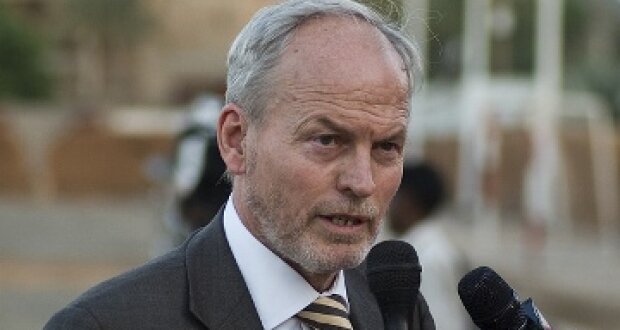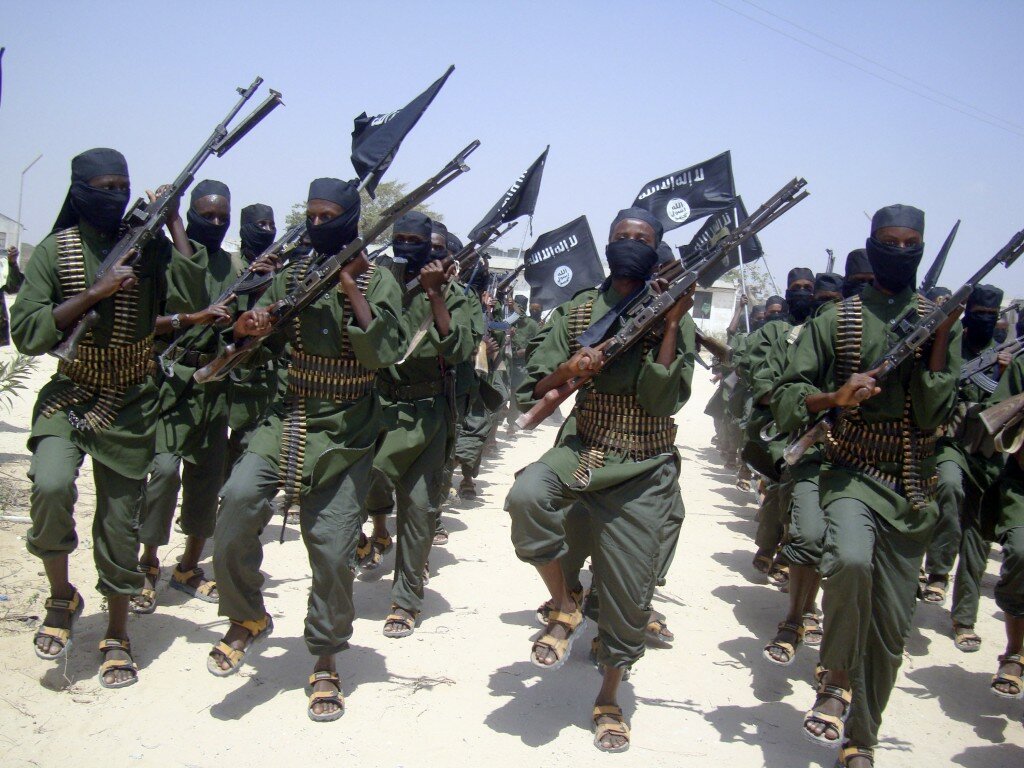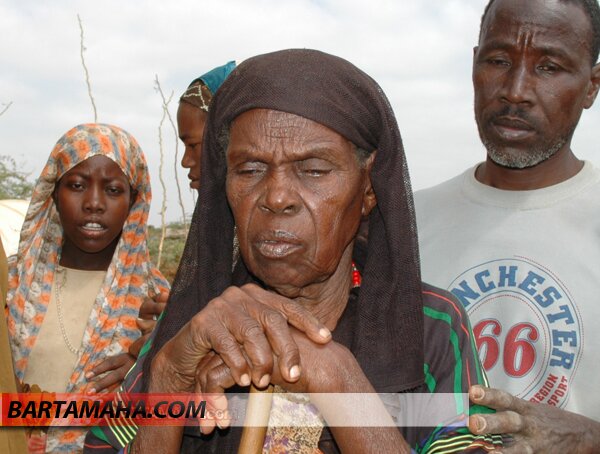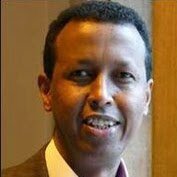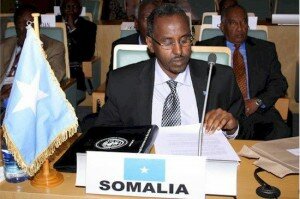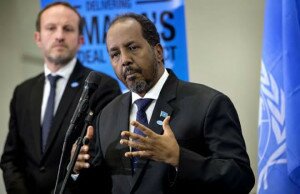Stabilizing Somalia – Now Mission Possible
OPINION
 Five years ago, Uganda committed troops to the African Union Mission (Amisom), backed by UN Security Council resolution 1744 13 (2007), to stabilise chaos-devastated Somalia.
Five years ago, Uganda committed troops to the African Union Mission (Amisom), backed by UN Security Council resolution 1744 13 (2007), to stabilise chaos-devastated Somalia.
This was a mission, one would intuitively say, that even the drafters saw as impossible. It followed several failed regional and international efforts on Somalia, the latest, then, being the IGAD’s Mission (IGASOM) that had been mooted in 2002 but collapsed in March 2006.
Against these odds Uganda’s leaders believed that the mission was doable, sensing an opportunity for “African solution to African problems”.
It seemed, then, a courageous mission, for Uganda to attempt to reassemble the wreckage of a country the world had written off as beyond repair. Five years down the road, the topical question is not “if but when” will total stability be realized? To journalists, it is now surprising that Somalia can go for days without making alarming headlines. Charles Onyango-Obbo recently wrote that Somalia broke its own record, spending two months without hogging the headlines.
For me, the most thrilling thing is to compare the situation now to when the first Ugandan troops arrived in a gloomy, deathly Mogadishu, on March 6, 2007. There were lawless, gun-wielding militias looming all over, and rockets were landing everywhere as the planes bringing peacekeepers were landing.
The Somalis, who had seen several of such missions fail before, wore pessimistic, dismissive faces seeing Amisom as just another showbiz display by the outside world.
The Islamic Courts Union (ICU), which controlled Mogadishu and was battling the Ethiopians, also warned (in a statement posted on their website) that “Uganda would be collecting the corpses of its soldiers in Somalia.” Children sometimes flashed gestures of slaughter at peacekeeper’s convoys, suggesting that they would be slaughtered like goats.
The resented Ethiopians had simply captured the airport, Seaport, K4 and Villa Somalia and were still involved in fierce battles with ICU but were under pressure to leave. But the arriving Ugandans were about to write a different chapter in the story of foreign intervention in this troubled country. Unlike IGASOM, which had failed pointing at lack of political consensus, mandate, composition, funding and logistical issues, similar problems that Amisom had, Uganda’s tenacious capacity to provide leadership regardless was the main difference.
For IGASOM and Amisom, rich and powerful African countries like Nigeria, Ghana, Mozambique, Malawi and others pledged troops but failed to turn up at the hour of need. But Uganda’s unshaken resolve kept the mission going. On March 6, 2007 Uganda put the boots on the ground and was, later, joined by Burundi and Djibouti. Other countries remained “arms folded in a wait-and-see attitude” until Kenya was to be compelled into a cross-border hot pursuit when the al-Shabab became a national security threat.
The mission has since transformed and many players have joined, it is now beyond reasonable doubt that stabilizing Somalia is not impossible. Perceptions have changed, there is light at the end of Somalia’s dark tunnel, and for the first time in more than 40 years, Somalis have a legitimate and democratic government.
The semblance of peace, organization, governance, democratic processes, and establishment of a security system all point to definitive departure from the chaos of the past decades. In Mogadishu, business are cropping up stores, shops, and restaurants operating till late, structures coming up, Mogadishu port receiving more than 20 ships a week and more than 40 flights landing weekly at Mogadishu airport.
One question that keeps coming up from both academics and politicians is what Uganda and Burundi have done differently to achieve some success where bigger, richer countries failed. Many analysts have put forward their views but I think the most prominent one is that of President Museveni’s superior ideology. Museveni has, time and again, said that internal problems in any country need internal solutions from the people themselves.
He argues that unlike Amisom, past interventions failed because they quickly took sides. But also, as Professor Samatar argues, Somalis are now tired and exhausted from those wars and civil strife, and want something different.
To him, this exhaustion has given the Somali people a new surge of energy to embrace the Amisom peace efforts spearheaded by Uganda.
________
Richard Mugisha is attached to AMISOM.
Comments
comments
 Calendar
Calendar







